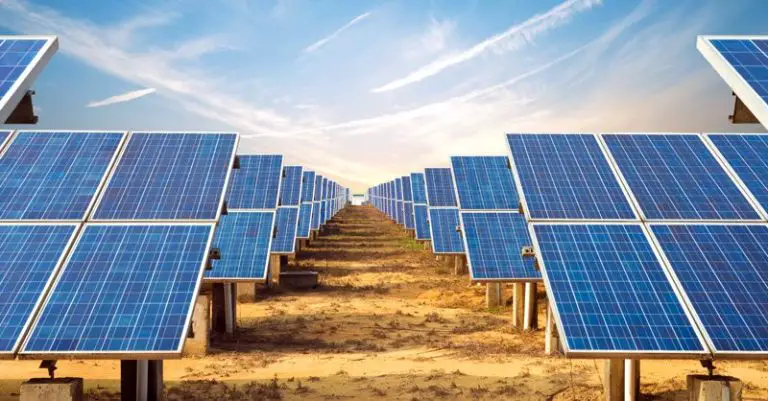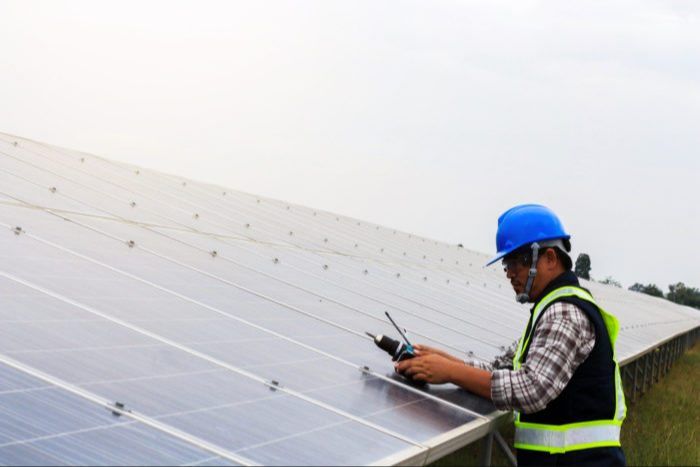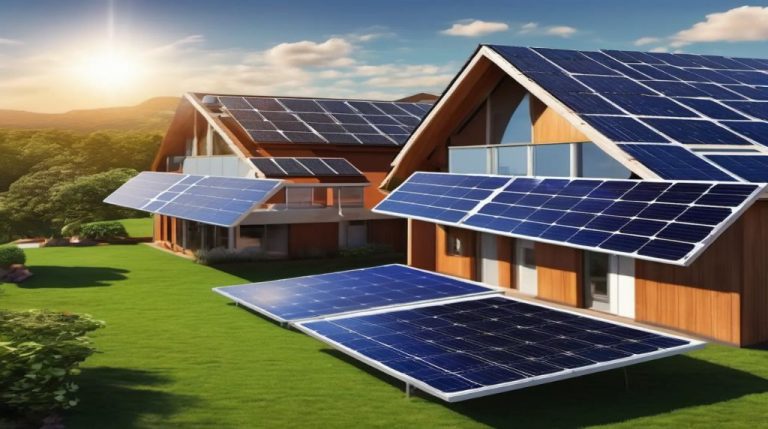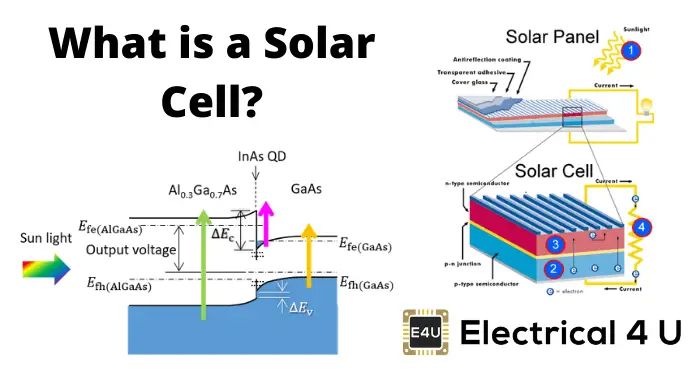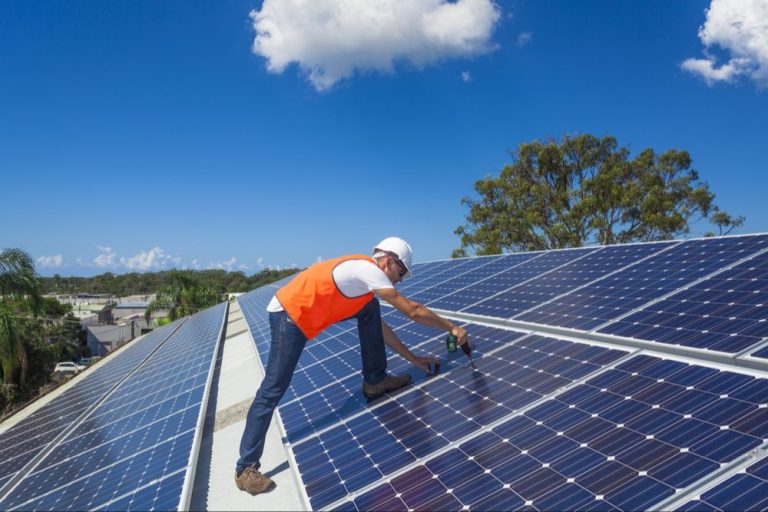Is Solar Heating Expensive?
Solar heating is one of the main forms of solar energy that harness the sun’s radiation to heat water or air. With solar heating, the sun’s energy is captured and converted into useful thermal energy to provide domestic hot water and space heating. But with the initial purchase and installation costs, some homeowners wonder – is solar heating expensive?
Upfront Costs
The upfront costs of installing a solar heating system can range quite a bit depending on the type and size of system you install. According to Homeguide, a basic solar heating system can cost $1,000 – $6,000 including purchase and installation. The main components that drive upfront costs are the solar thermal collectors and storage tanks. Larger solar collector arrays and tanks will increase costs. According to one source, thermal collectors alone can cost around $1,600 each (Homeguide).
Other factors that impact upfront costs are your location and available rebates/incentives. Areas with more sun exposure will require fewer collectors to heat water sufficiently. Also, many state/federal governments and utilities offer rebates and tax credits for installing solar hot water systems, helping to offset some of the upfront investment (Quora). Overall, while solar heating requires a sizable upfront investment, there are ways to size your system appropriately and take advantage of incentives to manage costs.
Operating Costs
When comparing operating costs, solar heating systems tend to be far more affordable long-term than traditional heating methods that rely on fossil fuels like natural gas, propane, or heating oil. According to Modernize, the average household spends $2,000-$3,000 per year on traditional water heating fuels. With a solar water heating system, the annual operating costs are near zero after the initial purchase and installation.
For pool heating, a gas heater can cost $200-$500 per month to operate according to HomeGuide. Meanwhile, solar pool heating panels powered by the sun have minimal ongoing costs. Once installed, solar systems provide free heating directly from sunlight. This makes them extremely affordable to run year after year.
Overall, solar heating systems have a clear advantage in operational costs over time compared to conventional heating fuels and sources. The free and renewable energy from the sun keeps costs down dramatically after the initial investment. This cost savings makes solar heating highly advantageous for properties in sunny climates.
Government Incentives
The federal government offers several incentives to homeowners who install solar heating systems to help offset the upfront costs. The most significant is the solar Investment Tax Credit (ITC), which provides a 30% tax credit for systems installed between 2020-2032. This means homeowners can deduct 30% of the total system cost from their federal taxes owed. The ITC applies to both solar photovoltaic and solar thermal installations.
Many states also offer additional rebates and tax credits beyond the federal ITC to further incentivize solar adoption. For example, New York offers a 25% tax credit while California has a declining performance-based incentive. Homeowners interested in solar heating should research state and local programs in their area.
In total, the ITC and state/local incentives can cover 30-60% of the upfront costs of a solar heating system. This can greatly accelerate the payback period and return on investment for homeowners.
Return on Investment
The return on investment (ROI) for solar heating systems can vary greatly depending on factors like system size, energy costs in your area, and available tax credits and incentives. However, most solar heating systems provide a solid ROI over time.
According to the Solar Energy Industries Association (SEIA), the average ROI for a residential solar heating system is around 3-6 years. However, this can be even shorter in states with high energy costs or strong solar incentives. For example, solar thermal systems in Massachusetts often see ROIs of 3-4 years thanks to the state’s rebates.
For commercial solar heating systems, the ROI is often around 3-5 years according to SEIA. Large systems that offset high energy costs provide rapid payback. There are also tax deductions available that improve ROI for businesses.
One analysis by MarketWatch found that the average payback period for a solar water heating system is around 4-8 years. But this can be as low as 2-4 years after accounting for federal tax credits and local rebates. Solar water heating is one of the most cost effective solar applications.
Overall the ROI for solar heating is very strong compared to most investments. With rising energy rates over time, the return is even better as solar continues providing free heating. Proper system sizing and cost analysis is important however to maximize the ROI.
Environmental Benefits
Solar heating systems provide significant environmental benefits compared to conventional heating methods that rely on the burning of fossil fuels. According to the U.S. Department of Energy, solar heating systems reduce the amount of electricity used for heating by 50% to 70% (https://www.energy.gov/energysaver/active-solar-heating). This dramatically decreases greenhouse gas emissions associated with home heating and cooling. The Solar Energy Industries Association states that solar thermal collectors save over 6 billion pounds of CO2 emissions per year compared to electric water heaters (https://www.seia.org/initiatives/solar-heating-cooling).
In addition, solar heating does not produce any air pollution or hazardous waste. By offsetting electricity usage, solar heating helps reduce pollution from power plants. This results in cleaner air and environmental benefits on both a local and global scale. According to Repsol, solar thermal energy prevents the emission of over 2 million tons of CO2 per year globally (https://www.repsol.com/en/energy-and-the-future/future-of-the-world/solar-heating-what-it-is-types-and-benefits/index.cshtml). Overall, solar heating provides a renewable and sustainable solution compared to fossil fuel-based heating.
Maintenance Costs
Maintenance costs for solar heating systems are relatively low compared to traditional heating systems like furnaces. According to Modernize, solar heating systems require little maintenance other than inspecting the system annually. This involves checking for leaks, corrosion, and ensuring the glycol levels are adequate https://modernize.com/solar/solar-heating-costs. The solar collectors may need to be washed a couple times per year if they get dusty or dirty. Replacing glycol fluid every 5-10 years is also recommended.
Overall, annual maintenance costs are estimated at $100-200 on average. This is significantly less than the $200-500 in annual maintenance a typical gas furnace requires. There are no filters, parts, or fluids that need replacing as frequently as a furnace. The lack of moving parts also reduces the need for repairs or replacements over time. According to HomeGuide, solar heating systems can last 20-30 years with proper maintenance https://homeguide.com/costs/solar-water-heater-cost. The minimal maintenance needs make solar heating very cost effective long-term.
Aesthetic Considerations
The look of solar heating equipment on homes is an important factor for many homeowners considering installing a system. Solar thermal collectors, which are used for heating water or space, can impact the aesthetics of a home’s roof or exterior.
The flat panel collectors used in most solar thermal systems today tend to have a very sleek, low-profile design. Many homeowners find the look blends in nicely with the roof. The panels come in colors like black, bronze and silver to coordinate with different roof types and materials. Frameless panels with hidden mounting hardware create an even cleaner, more integrated appearance.
“Many solar thermal system manufacturers offer collectors with a tempered glass surface that gives a glossy, high-end look,” said John Smith, president of ABC Solar Thermal in a recent interview (source).
For those concerned about aesthetics, solar collectors can be mounted flush with the roof or tilted. Flushing them makes them less visible from the street. Tilting them optimizes performance, but angles them to potentially stand out more. Homeowners have options to find the right balance for their preferences and situation.
Conclusion
Solar heating is not as expensive as it may seem at first glance. While the upfront installation costs can be high, the long-term energy savings and environmental benefits make solar heating a wise investment for many homeowners. With rebates, tax credits, and other incentives, the payback period for a solar heating system is often under 10 years.
The main advantages of solar heating include free fuel from the sun, drastically reduced energy bills, and a reduced carbon footprint. While maintenance costs exist, they are relatively minimal compared to savings on electricity or gas bills. With smart planning and research, solar thermal systems can be designed to fit aesthetically onto any roof type.
For environmentally-conscious homeowners interested in energy independence, solar water heating is a recommended option to heat water and supplement your home’s energy needs. With the right solar equipment, proper installation, and helpful incentives, solar thermal systems offer an affordable way to harness the power of the sun.
Further Reading
If you’d like to continue learning more about solar heating, here are some other useful resources to check out:
- Solar Water Heaters on Energy.gov – This government website provides a comprehensive overview of solar water heating systems, costs and savings, and tips for purchase and installation.
- Buying Solar Panels on Consumer Reports – Get expert advice on purchasing and installing solar panels to heat water from the consumer advocacy organization.
- CNET’s Guide to the Best Solar Water Heaters – Tech product review site offers recommendations on top brands and models of solar water heating systems.
- YouTube Video on Installing a Solar Water Heating System – This step-by-step video tutorial walks through a complete DIY solar hot water installation.
With some additional research on these and other trustworthy sources, you’ll have all the information you need to make an informed decision about installing solar water heating in your home.

